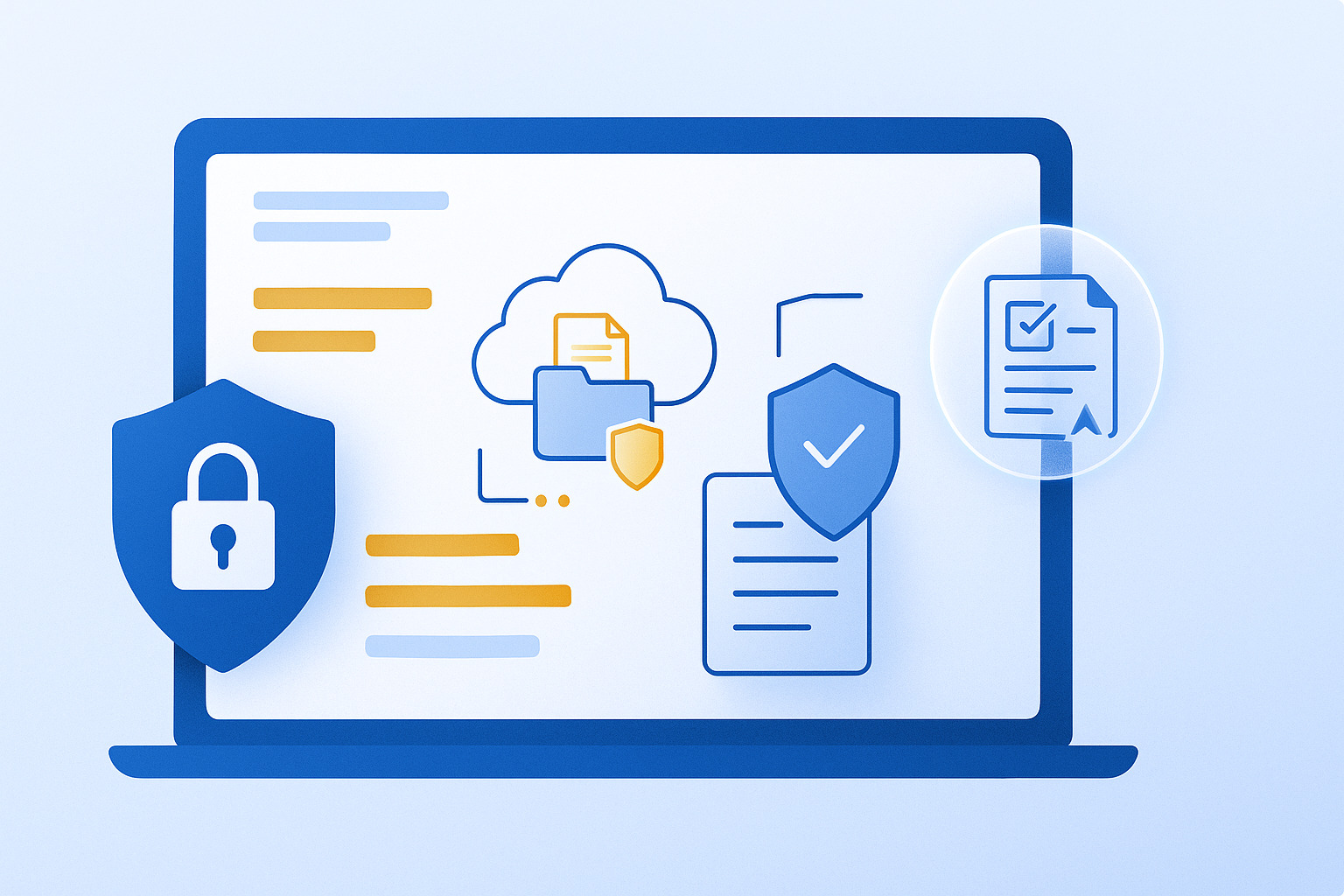Updated on: September 16, 2025
Healthcare documentation has always been complex—but in today’s environment, it’s also high stakes. From billing accuracy to compliance audits, clinical documentation integrity (CDI) is now at the center of every hospital and clinic’s strategy.
But here’s the problem: ICD-10 coding is dense, manual processes are slow, and clinicians are already struggling with documentation burnout. That’s where the new wave of AI solutions comes in—like DocScrib AI Scribe, designed to combine CDI excellence with ICD-10 coding support inside your EHR.
What is CDI (Clinical Documentation Integrity)?
Clinical Documentation Integrity (CDI) is about making sure patient records are:
-
Accurate → Diagnoses and procedures are correctly documented.
-
Complete → All necessary details are included for coding and billing.
-
Compliant → Records meet payer and regulatory requirements.
-
Consistent → Every encounter aligns with the patient’s medical history.
CDI isn’t just a back-office task. It impacts:
-
Patient safety (better continuity of care)
-
Revenue cycle (fewer denials, faster reimbursement)
-
Compliance (reduced audit risk)
With ICD-10 coding support, CDI becomes more powerful—and less burdensome for clinicians.
Why ICD-10 Coding Support is Essential
ICD-10 codes are the universal language of healthcare billing, but with 70,000+ codes, manual selection is daunting. Common challenges include:
-
Undercoding → Lower reimbursements.
-
Overcoding → Risk of audits and penalties.
-
Inaccurate coding → Denied claims and compliance issues.
By pairing CDI with AI-powered ICD-10 coding support, clinicians can document naturally while the system ensures accuracy and compliance in real time.
How DocScrib AI Scribe Delivers CDI and ICD-10 Coding Support
Real-Time Documentation
DocScrib listens during encounters and generates structured clinical notes that align with CDI best practices.
Automated ICD-10 Coding Suggestions
As notes are created, DocScrib recommends the most accurate ICD-10 codes, ensuring billing compliance and reducing denials.
Seamless EHR Integration
Unlike standalone coding tools, DocScrib works inside your EHR, making CDI and coding part of the natural workflow.
Multi-Specialty Adaptation
From psychiatry to orthopedics, DocScrib adapts to specialty-specific needs, ensuring precise coding across clinical domains.
Compliance & Audit Readiness
With SOC 2 Type 2, ISO 27001, HIPAA & GDPR compliance, DocScrib makes sure CDI efforts meet regulatory standards.
👉 Explore related content on our DocScrib Blog.
CDI and ICD-10 Coding Support: The Benefits
For Clinicians
-
Less manual coding work
-
More time with patients, less on screens
-
Personalised notes in their style
For Hospitals
-
Higher claim acceptance rates
-
Improved audit readiness
-
Stronger revenue cycle performance
For Consultants
-
Access to structured, ICD-10 ready documentation
-
Easier compliance oversight
-
Data-driven insights for case reviews
DocScrib vs. Other AI Scribe Tools
| Feature | DocScrib AI Scribe | Generic AI Scribes |
|---|---|---|
| CDI Alignment | ✅ Built-in | ❌ Missing |
| ICD-10 Coding Support | ✅ Real-time | ❌ Absent |
| EHR Integration | ✅ Seamless | ⚠️ Manual upload |
| Security (HIPAA/GDPR) | ✅ Certified | ⚠️ Variable |
| Multi-Specialty Coverage | ✅ | ⚠️ Limited |
Bottom line: Generic AI scribes capture words. DocScrib captures compliant, ICD-10 coded, CDI-ready documentation.
How to Get Started with DocScrib CDI and Coding Support
-
Book a Demo → Schedule a Demo Here
-
Integrate with Your EHR → Minimal setup required.
-
Enable CDI + Coding Support → Clinicians document naturally; DocScrib ensures accuracy.
-
Go Live → Experience fewer denials, faster workflows, and better compliance.
FAQs
Q1: How does DocScrib improve CDI compared to manual documentation?
By ensuring every note is structured, complete, and compliant—without extra effort from clinicians.
Q2: Can DocScrib handle specialty-specific ICD-10 coding?
Yes. DocScrib adapts to psychiatry, cardiology, orthopedics, pediatrics, and more.
Q3: Is DocScrib HIPAA & GDPR compliant?
Absolutely. Security is at the core of our platform.
Q4: Will DocScrib replace coders?
No—it assists coders and clinicians by reducing repetitive tasks, while experts maintain oversight.
Q5: How fast can DocScrib be implemented?
Most hospitals and clinics see live adoption within weeks.
Conclusion: The Future of CDI and Coding is AI-Enabled
CDI and ICD-10 coding support are essential for modern healthcare—but they don’t have to be a burden. With the DocScrib AI Scribe, clinicians, hospitals, and consultants get real-time documentation, coding accuracy, and compliance built directly into their workflow.
The result? Less burnout, fewer denials, and better patient care.
👉 Ready to improve your CDI and ICD-10 coding support? Book a Demo with DocScrib
